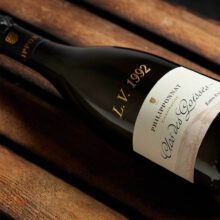
Product information
Philipponnat Clos des Goisses L.V. 1997
$1,395
Description
This year also sees the 1997 release of Philipponnat’s L.V. or Long Vieillissement i.e., ‘long aging’ project. It is widely accepted that the Clos des Goisses is one of the finest wines in Champagne for aging and needs at least 10-15 years to unveil its true majesty.
“Gorgeous nutty nose, dark golden in colour but completely belying the freshness and racy energy within the glass. Buttery brioche notes with lemon patisserie, hazelnuts and candied lemons but also bitter fruit rind aromas too, so much going on but so precise and crystalline at the same time.
So much life to this, zingy and upfront, totally thrilling and you’d never guess it was from 1997. It’s not succulent but totally mouthwatering, giving the acidity still but remaining quite focused and direct. I love the slightly baked patisserie edges and soft hints of buttery toast. Just wonderfully exhilarating drinking this, totally wows on the palate with a clarity that is so moreish. It’s extremely uplifting with such a sense that there’s something very special in the glass.”
Georgina Hindle, Decanter 98 Points JR 18
In stock
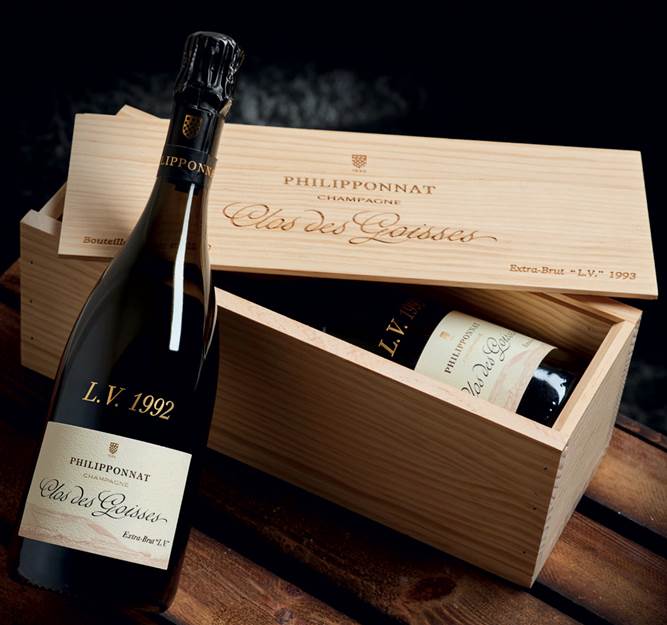
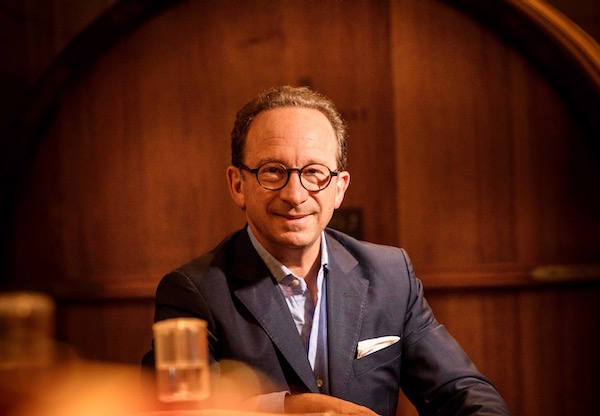
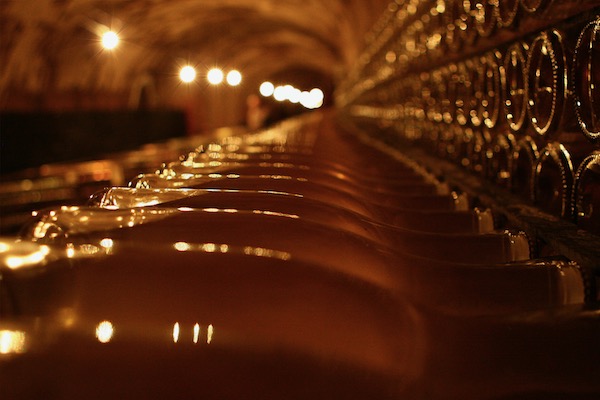


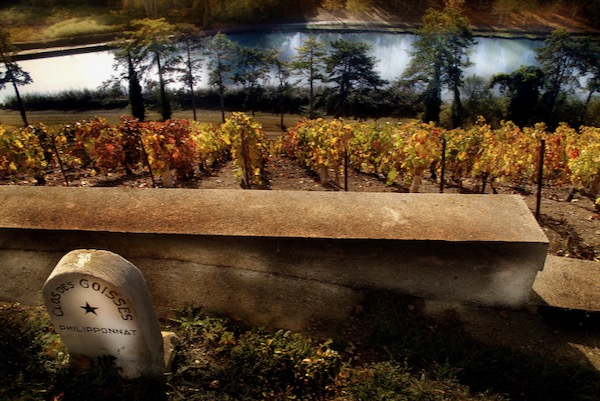



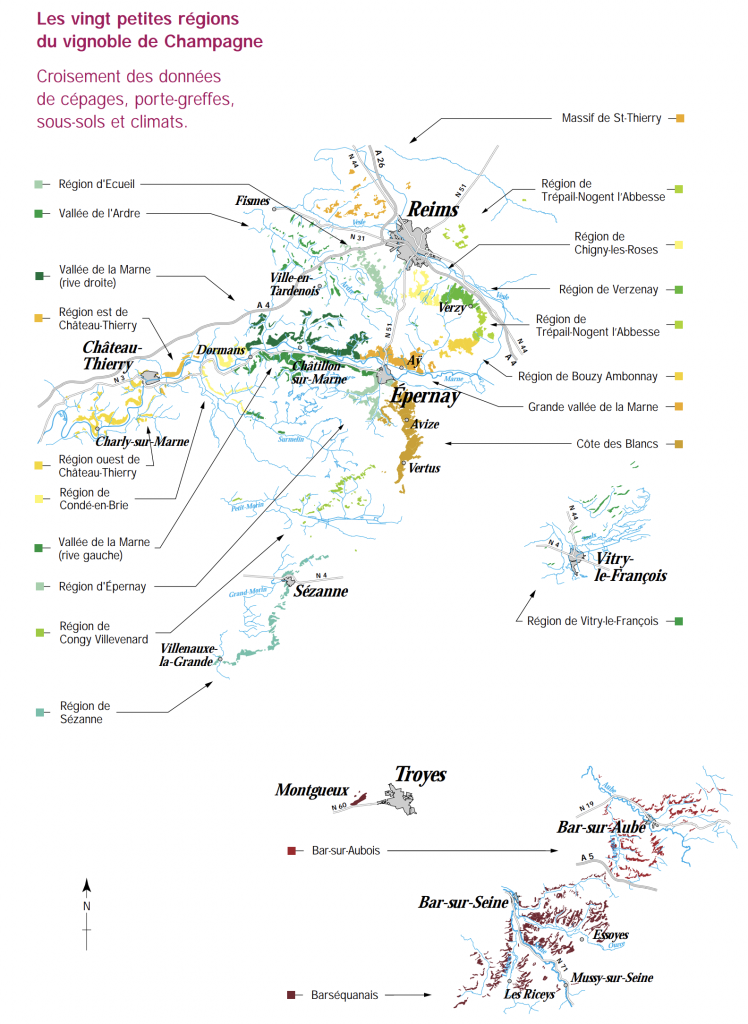





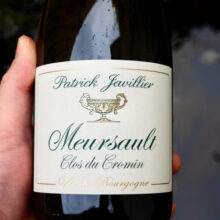
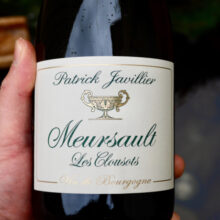

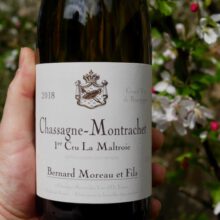
You must be logged in to post a comment.